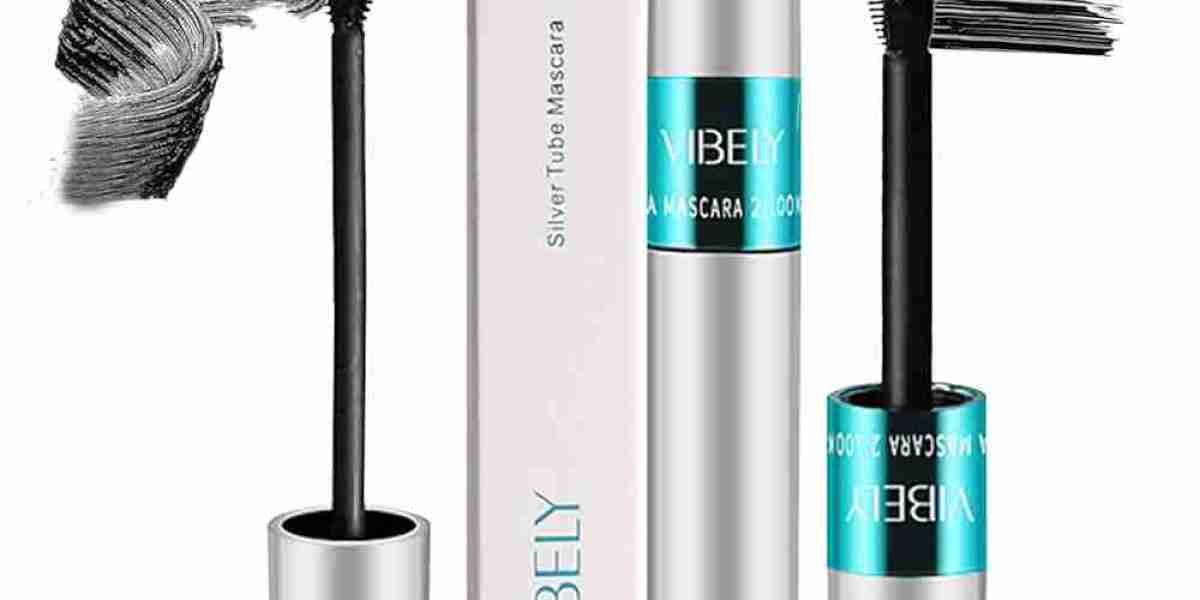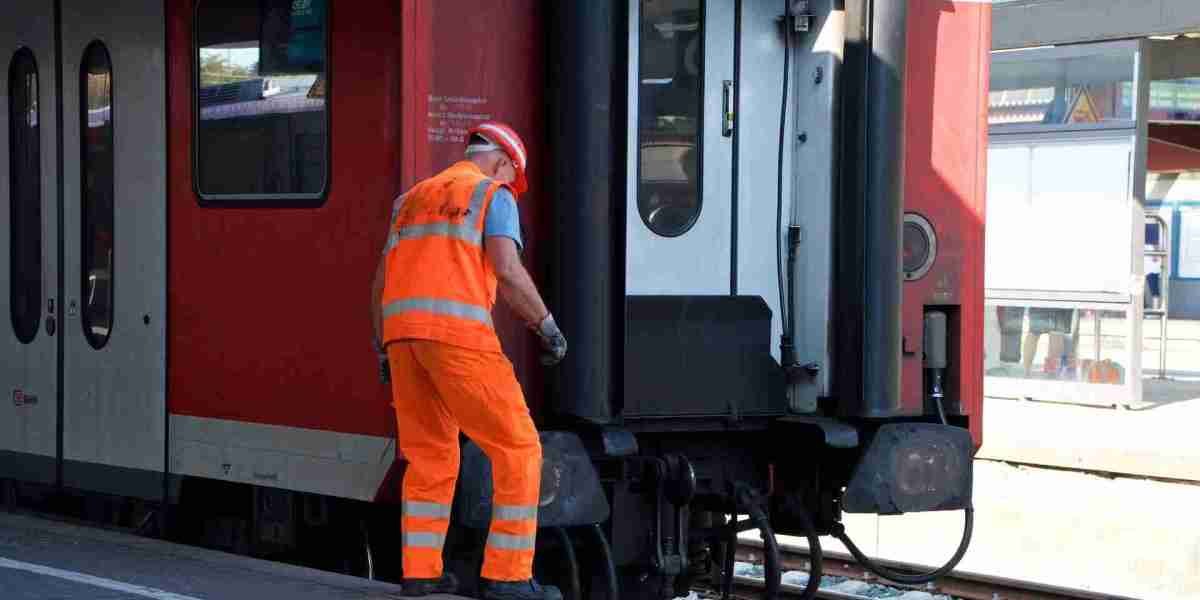The Purrfect Passage: Expert Tips for Cat Flap Installation
For cat owners, the desire to offer their feline buddies with freedom and independence while keeping the security and convenience of their home is a typical goal. A cat door expert flap, seemingly a simple option, uses just that-- permitting your cat to come and go as they please without requiring you to play doorman. Nevertheless, an improperly set up cat flap can lead to draughts, security vulnerabilities, and annoyed felines. Therefore, comprehending the nuances of cat flap installation is vital for both your cat's well-being and your assurance.
This short article serves as a detailed guide to cat flap installation, using expert tips and guidance to ensure a smooth and effective project. Whether you're a seasoned DIY lover or a first-timer, this guide will equip you with the knowledge to produce the purrfect passageway for your cherished cat.
Selecting the Right Cat Flap: The First Step to Success
Before you even think of tools and design templates, it is essential to choose the best cat flap for your requirements and your home. The market offers a diverse variety of options, each with its own set of features and benefits. Consider these elements when making your choice:
- Type of Cat Flap: Cat flaps are not a one-size-fits-all solution. They can be found in various types, each using different levels of security and convenience:
- Standard Manual Cat Flaps: These are the simplest and most economical choices, allowing any cat (or little animal) to get in and leave. They appropriate for low-security environments.
- Magnetic Cat Flaps: These flaps react to a magnet connected to your find Cat flap installers's collar. They offer somewhat better security by avoiding stray animals from getting in.
- Infrared Cat Flaps: Similar to magnetic flaps, these use an infrared sensor that reads an unique collar tag. They are more secure than magnetic flaps and less prone to disturbance.
- Microchip Cat Flaps: The most sophisticated option, these flaps are triggered by your cat's distinct microchip, ensuring just your pet door installation can get entry. This offers the greatest level of security and control, avoiding unwanted animals from entering your home.
- Material and Durability: Cat flaps are generally made from plastic or aluminium.
- Plastic flaps are typically more inexpensive and lighter but may be less resilient and more susceptible to weathering.
- Aluminium flaps are more robust, weather-resistant, and secure, frequently including a stronger locking mechanism.
- Size of Your Cat: Ensure the flap opening is large enough for your cat to travel through conveniently without struggling. Consider your cat's size and type when selecting. Measure your cat from chest to ground and include a couple of inches for comfy clearance.
- Installation Location: Where will you be setting up the cat flap? Doors, walls, and windows each present various installation difficulties and require specific types of cat flaps or additional accessories like tunnels for thicker walls.
- Spending plan: Cat flaps range in price from standard manual designs to modern microchip versions. Set a budget and think about the long-term worth and security benefits when making your option.
Preparation is Paramount: Setting Yourself Up for Success
Once you have chosen the best cat flap, proper preparation is crucial to a smooth installation. Rushing into the process can cause mistakes and aggravation. Take the time to plan and gather everything you need beforehand:
Choosing the Right Location: Carefully consider the area for your cat flap.
- Security: Choose a place that is not easily available to intruders and preferably away from public view.
- Accessibility for Your Cat: Ensure the area is easily accessible for your cat, both within and outside. Think about the height from the ground and any barriers.
- Benefit for You: Select a place that is practical for access and maintenance however does not interfere with the flow of your home.
- Avoiding Utilities: Check for any surprise wires, pipelines, or structural aspects within the wall or door where you plan to install the flap.
Collecting the Necessary Tools and Materials: Having all the right tools at hand will make the installation process a lot easier. Essential tools typically consist of:

- Cat flap kit: This should consist of the cat flap itself, a template, screws, and potentially a tunnel extension depending upon the design and installation type.
- Pencil and ruler/tape step: For marking and measuring properly.
- Drill: With appropriate drill bits for pilot holes and possibly bigger bits for cutting if required by your picked method.
- Jigsaw or Keyhole saw: For cutting the opening for the cat flap (depending on material and installation approach).
- Screwdriver: To secure the cat flap in location (frequently a Phillips head screwdriver).
- Safety glasses and gloves: For security throughout cutting and drilling.
- Sealant (optional): To seal around the cat flap and prevent draughts and water ingress, specifically for external doors and walls.
- Spirit level (optional): To make sure the cat flap is installed straight.
Measuring and Marking: Accuracy is crucial for a correct fit.
- Use the template offered: Most cat flap sets feature a design template. Utilize this to properly mark the cutout area on your picked place.
- Consider your cat's height: Position the template at a suitable height for your cat. The bottom of the flap need to be low enough for comfy entry and exit however not too low that it enables rain or dirt to go into easily.
- Double-check measurements: Before you begin cutting, confirm all your measurements and markings to prevent mistakes.
Step-by-Step Installation in a Wooden Door (Example)
Installing a cat flap in a wooden door is a common DIY project. Here's a basic detailed guide:
- Mark the Cutout: Tape the template supplied with your cat flap set onto the door at the preferred location. Utilize a pencil to trace the summary of the template onto the door.
- Drill Pilot Holes: Using a drill and a drill bit slightly larger than the width of your jigsaw blade (or keyhole saw), drill pilot holes at each corner of the significant overview and potentially a few along the straight edges to make starting the jigsaw much easier.
- Cut the Opening: Using a jigsaw or keyhole saw, thoroughly cut along the significant outline, connecting the pilot holes. Take your time and follow the line accurately. Ensure you wear shatterproof glass and gloves during this step.
- Test Fit and Sand (if needed): Before totally inserting the trained cat flap installer flap, test fit it in the opening. If it's too tight, gently sand down any rough edges of the cutout until the flap fits comfortably.
- Insert and Secure the Cat Flap: Place the two halves of the cat flap (inner and outer frame) into the opening from either side of the door. Line up the screw holes.
- Screw Together: Using the screws supplied, tighten the two halves of the cat flap together. Do not overtighten, as this could harm the door or the cat flap.
- Seal (Optional): Apply sealant around the edges of the cat flap replacement flap where it fulfills the door frame for added weatherproofing and insulation.
Installation Considerations for Different Materials
While wood doors are relatively uncomplicated, installing cat flaps into other products requires various approaches:
- Glass Doors and Windows: Installing a cat flap in glass needs specialized tools and knowledge. It is highly suggested to work with a professional glazier to cut and set up a cat flap in glass. Trying this yourself can be unsafe and dangers shattering the glass.
- UPVC Doors: UPVC doors typically have actually reinforced panels or might consist of metal parts. Installation can be complicated and may require professional help. Carefully examine the door's construction before attempting DIY installation or consult the door maker's standards.
- Walls: Installing a cat flap in a wall needs producing a tunnel through the wall thickness. This typically includes buying a tunnel extension package that matches the depth of your wall. The installation process resembles door installation but needs careful planning and possibly more substantial cutting and sealing.
Post-Installation Tips: Welcoming Your Cat to Freedom
When the cat flap is set up, the job isn't quite ended up. Here are some tips for helping your cat adjust and maximizing your brand-new cat flap:
- Introduce the Cat Flap Gradually: Don't anticipate your cat to use the flap instantly. Start by propping the flap open and encouraging your cat to stroll through it with deals with and favorable reinforcement.
- Tempt with Treats and Toys: Place treats or toys on either side of the flap to incentivize your cat to explore and utilize it.
- Persistence is Key: Some felines adapt quickly, while others might require time. Be client and avoid forcing your cat through the flap, which can create unfavorable associations.
- Look for Draughts and Security: After installation, check for any draughts or spaces around the cat flap. Ensure it is firmly fitted and working correctly.
- Regular Maintenance: Keep the cat flap tidy and without particles. Regularly examine the locking mechanism and hinges to guarantee they are operating smoothly.
By following these tips and taking your time with the installation process, you can produce a safe, hassle-free, and inviting cat flap for your feline buddy, improving their freedom and improving their life while preserving the convenience and security of your home.
Regularly Asked Questions (FAQs) about Cat Flap Installation
Q: Can I set up a cat flap in any door?
A: While cat flaps can be installed in most kinds of doors, some require more customized methods or professional assistance. Wooden doors are the most convenient for DIY installation. Glass doors and UPVC doors might need professional installation.
Q: How high should I install cat flap in wall a cat flap?
A: The ideal height depends upon your cat's size, but typically, the bottom of the flap should be around 10-15 cm (4-6 inches) from the ground. This allows most cats to pass through easily without needing to crouch too low.
Q: What tools do I truly need for cat flap installation?
A: Essential tools consist of a drill, jigsaw or keyhole saw, screwdriver, pencil, ruler/tape step, and security glasses and gloves. A sealant gun and sealant are advised for external doors and walls.
Q: How long does it require to set up a cat flap?
A: For a basic installation in a wooden door, it can take anywhere from 1 to 3 hours, depending on your DIY experience and the intricacy of the door. Installation in other products or walls might take longer.
Q: What if I am not positive in my DIY skills?
A: If you are uneasy with DIY jobs, it is constantly best to work with a professional handyman or carpenter to set up the cat flap for you. This makes sure a proper and secure installation, specifically for more complex setups like glass or UPVC doors and walls.
Q: How can I stop stray cats from using my cat flap?
A: Microchip cat flaps are the most efficient way to prevent roaming animals from entering your home as they just open for your cat's signed up microchip. Magnetic and infrared flaps offer some, but less trusted, protection.
Q: Do cat flaps allow draughts?
A: Modern cat flaps are developed with draught-excluding features like brushes or magnetic closures. Nevertheless, proper installation and sealing are vital to minimize draughts.
Q: How do I train my cat to use a cat flap?
A: Patience and positive reinforcement are crucial. Start by propping the flap open, using treats and toys to tempt your cat through. Slowly lower the openness of the flap as your cat gets more comfy.
Q: Can I set up a cat flap in a wall?
A: Yes, cat flaps can be set up in walls. This generally requires a tunnel extension kit to connect the inner and outer frames through the thickness of the wall. Wall setups might be more complicated and need cautious planning.
Q: What maintenance is required for a cat flap?
A: Regularly clean the flap and surrounding area to get rid of dirt and particles. Examine the hinges and locking mechanism regularly and tighten up screws if necessary. Lube hinges with silicone spray if they end up being stiff.







